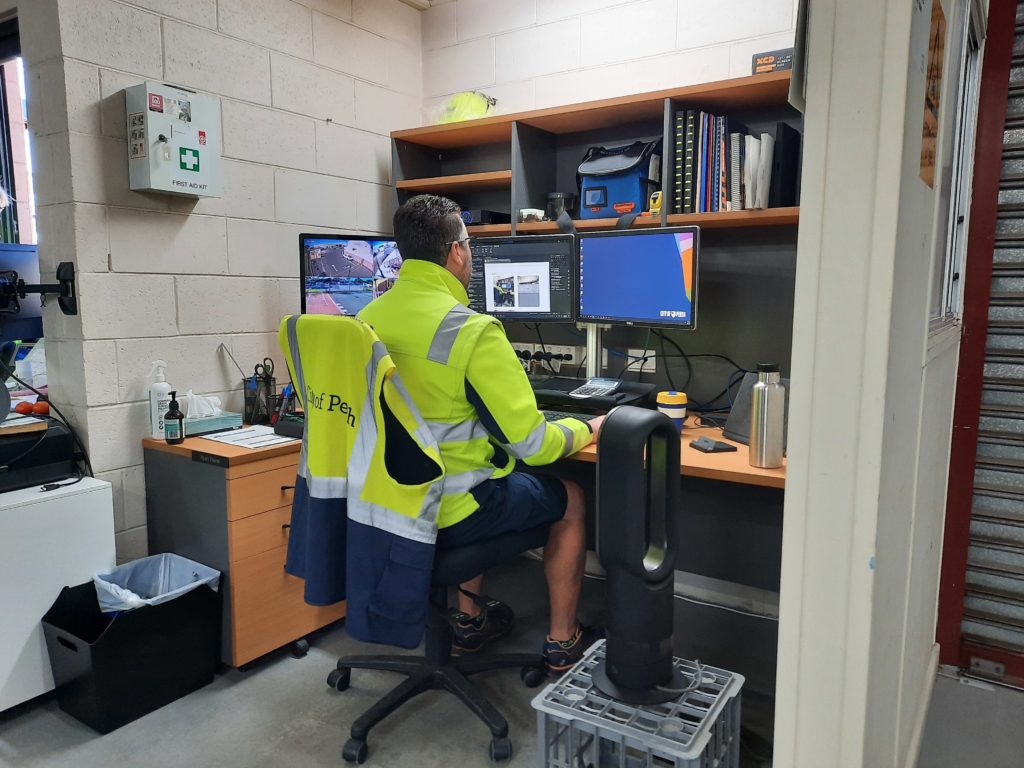How to safely work in heat?
The Work, Health and Safety Act WA (2020) requires local governments (PCBUs) to ensure health and safety, so far as is reasonably practicable, by eliminating hazards and risks.

Senior Risk Engineer
Jakeb is a chemical engineer providing risk engineering services across various industry sectors including mining, oil and gas, rail and marine logistics, aviation, food and beverage, manufacturing, IT and real estate. He has done many property risk services for clients including property risk evaluation surveys, property risk audits, natural catastrophe modelling, and maximum foreseeable loss studies. Jakeb regularly assesses local government assets around the state as part of the LGIS Risk Program.

But this reactive approach can result in direct and indirect costs, and interruption of services that may far exceed the cost of proactively managing a risk.
Moving to a proactive process, where critical risks are identified and controls implemented before risks materialise, provides asset owners with a more robust process for the management of property risks. To achieve this, it is recommended that local governments implement a system that strives to meet best practice risk management standards across their property portfolio.
LGIS, has developed a Good Practice Property Risk Management Audit Protocol. The protocol targets a number of critical areas that are crucial in a mature property risk management program.
Even with advances in building designs and technologies, the fundamentals of fire risk assessment for industrial buildings remain more or less the same, with a focus on construction types, good work practices and adequacy of protection systems. While work practices change and new technologies continue to emerge, the common causes of building fires often revolve around two simple factors – people and processes. The key focuses of risk management when striving for best practice include, but are not limited to, the following:
The Work, Health and Safety Act WA (2020) requires local governments (PCBUs) to ensure health and safety, so far as is reasonably practicable, by eliminating hazards and risks.
Local governments are subject to strict legal obligations, including those contained within the State Records Act 2000 (WA), to maintain records created or received in the exercise of their functions.
When considering high risk or high hazard assets, it is important to adopt a proactive approach while managing them. Due to resource constraints, property risks are commonly managed in a reactive manner after an incident, near miss, or workplace inspection by a regulator or LGIS.
Where gaps are identified, practical recommendations based on industry better practice applications of risk management, are provided. A key benefit of the implementation of an asset wide Good Practice Property Risk Audit Protocol is the ability to benchmark the performance of their own assets against each other, but also against the local government industry sector Australia-wide.
This can give asset owners greater confidence in the overall performance of their risk management systems, as well as highlighting those areas where focus can be applied to move towards a Best Practice Property Risk Management System,
or assets where greater investment or resources are required to improve.
Example benchmark breakdown – What are the strengths and weaknesses?
The goal of this analysis is to help asset owners identify areas where capital spending or investment can have the greatest impact on improving risk management. It can also be used to identify trends across a property, or asset type as well as the wider sector.
Each month we take your questions to one of our LGIS team members to answer.
If you want to submit a question for next issue, email us at [email protected]

LGIS receives approximately 1,300 claims on average each year; for the past five years, of those the vast majority are common law claims.

A decade’s long partnership between LGIS and the Royal Life Saving Society of WA (RLSSWA) has delivered benefits to the entire WA local government sector – but work still needs to be done to make sure that audit recommendations are actioned to keep aquatic centres safe.

The City of Perth engaged the LGIS injury prevention team
to evaluate workstations of a group of employees at their depot to make sure they were comfortable, safe and less likely to injure themselves.
LGIS is the unifying name for the dedicated suite of risk financing and management services for WA local governments, established by the WA Local Government Association in conjunction with JLT Public Sector (part of the Marsh group of companies). LGIS is managed by JLT Public Sector (ABN 69 009 098 864 AFS Licence 226827).
Risk Matters, via this website, is designed to keep members, their staff and elected members informed on topical risk management and insurance issues and LGIS programs and services.